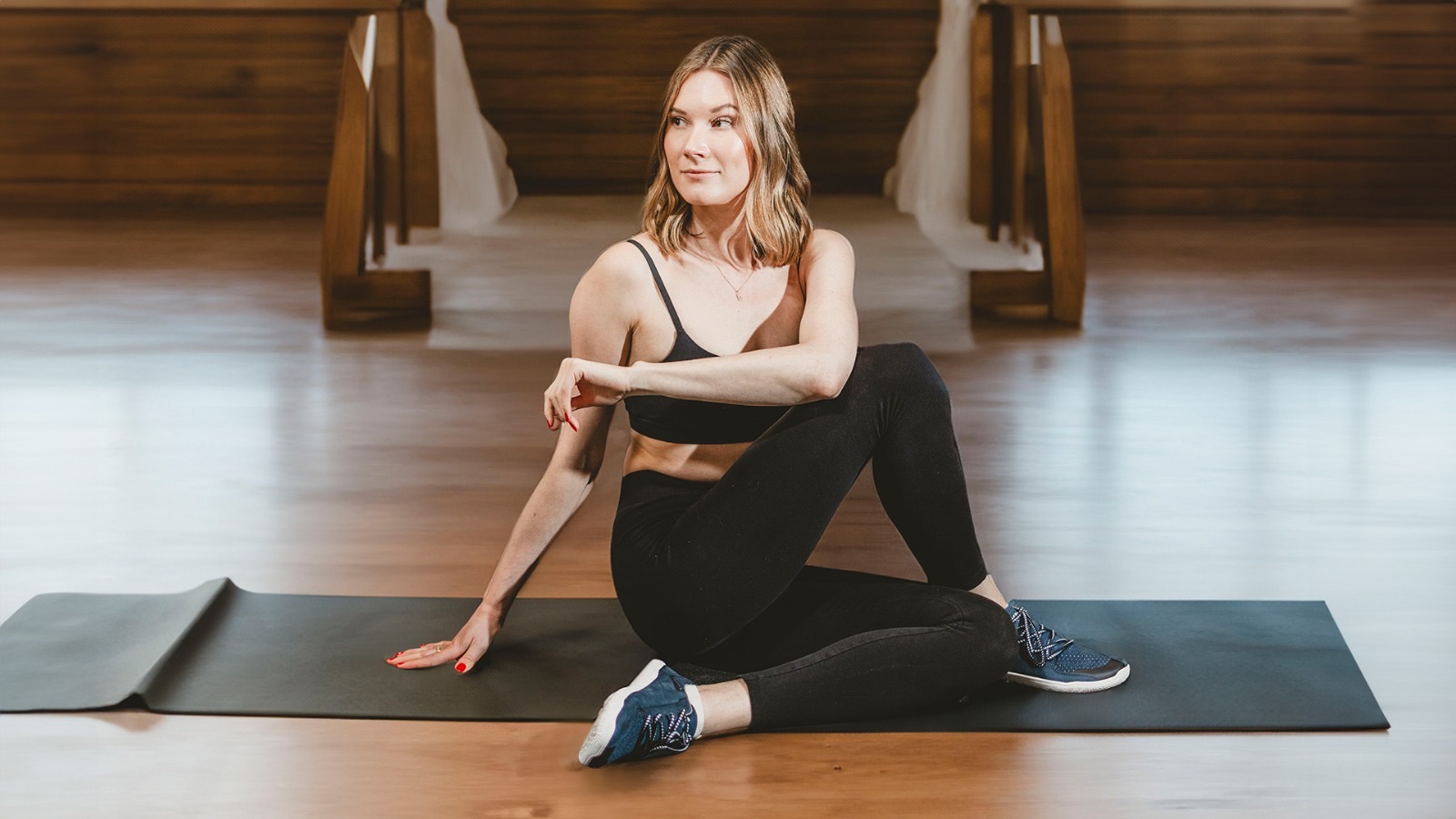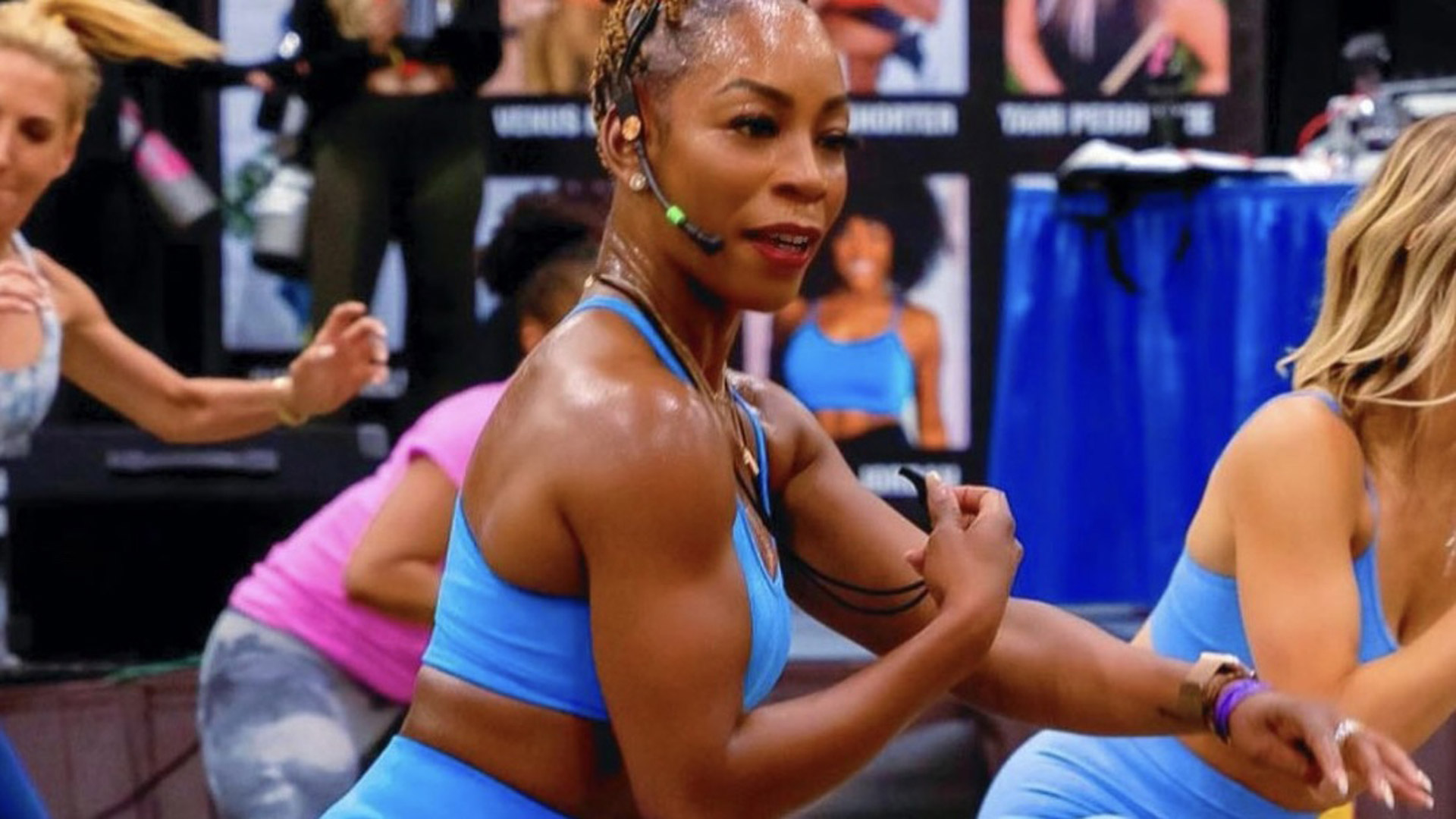All Categories


Many clients believe that running and lifting are the pinnacle of healthy aging. True enough, both drive measurable improvements in cardiovascular endurance and muscular strength. Yet long-term data is pointing to a different leader when it comes to lifespan: racket sports.
If you train adults who care about staying independent and functional, it’s worth looking closer at why activities like tennis, badminton, and squash often correlate with better health outcomes than their more conventional counterparts.
A major European study tracking over 80,000 adults found that people playing racket sports had a 47 percent lower risk of death from any cause compared to non-exercisers. For perspective, running and cycling lowered mortality risk by 30 to 40 percent. Resistance training showed a positive impact, though smaller.
Why do some sports drive more lasting gains than the usual cardio? The edge racket sports have come from their blend of movement and connection. Tennis and squash push you to sprint, pivot, recover fast, and stay alert.
This isn’t the same as steady-state running. You’re building power and resilience in response to unpredictable demands. The footwork alone reinforces balance patterns you can’t replicate on a treadmill.
That’s often the turning point: layered movement, combined with social stakes, keeps the nervous system sharp and the body ready for real-world demands.
Racket sports essentially embed interval training into every session. Each rally forces high-intensity exertion, followed by short breaks. This intermittent load improves VO2 max and metabolic flexibility more efficiently than long, slow distance work.
While traditional HIIT can feel repetitive or intimidating for some midlife clients, playing doubles tennis feels more like a game than a drill. That sense of engagement helps sustain consistent participation over the course of decades.
Running receives credit for cardiovascular health, but it also comes with wear on the knees, hips, and lower back, especially if gait mechanics aren’t sound. Strength training supports joint health but often misses the reactive, multiplanar demands that keep tissues resilient in real life.
Racket sports deliver both. They require lunges, pivots, rotations, and overhead reaches. This constant variability helps build joint stability and maintain the small muscle groups that protect major structures. Coaches who work with older clients will recognise how valuable this is for preventing falls and mobility loss.
What’s the hidden factor that keeps people alive longer? Isolation is a silent threat to lifespan. Regular social connection can lower inflammation, improve mood, and even help regulate cortisol levels. Running and lifting can be solitary, which is fine in moderation. Over time, though, the absence of community is a liability.
Racket sports typically happen in pairs or small groups. Even a recreational game brings laughter, friendly competition, and regular check-ins. For many adults, that is the missing ingredient that keeps them active past midlife.
It’s easy to discount the mental component of exercise. Yet tasks that require quick decisions and spatial awareness build cognitive reserve.
In racket sports, every point demands split-second choices. Where is the opponent moving? How fast is the ball coming? What shot will keep me in the rally?
This level of engagement not only sharpens reflexes but also supports brain health. Studies have linked complex physical activities with a lower risk of dementia. Compared to treadmill jogging, a weekly game of squash challenges both body and mind.
If your clients are ready to shift gears, start with formats that feel accessible.
What if the smartest move for your health felt more like play than punishment? Racket sports deserve a spot in the plan, especially for clients tired of grinding out miles or chasing heavier lifts every week.
They check the big boxes: cardiovascular output, balance, strength, and mental engagement. It is time to rethink what keeps people consistent over the course of decades. Sometimes, the most durable and rewarding strategy is the one that feels like a game, not a task.
About Robert James Rivera
Robert is a full-time freelance writer and editor specializing in the health niche and its ever-expanding sub-niches. As a food and nutrition scientist, he knows where to find the resources necessary to verify health claims.
Powering the Business of Health, Fitness, and Wellness Coaching

By Elisa Edelstein

By Elisa Edelstein

By Robert James Rivera

By Robert James Rivera

By Alex Jamal

By Elisa Edelstein

Powering the Business of Health, Fitness, and Wellness Coaching
